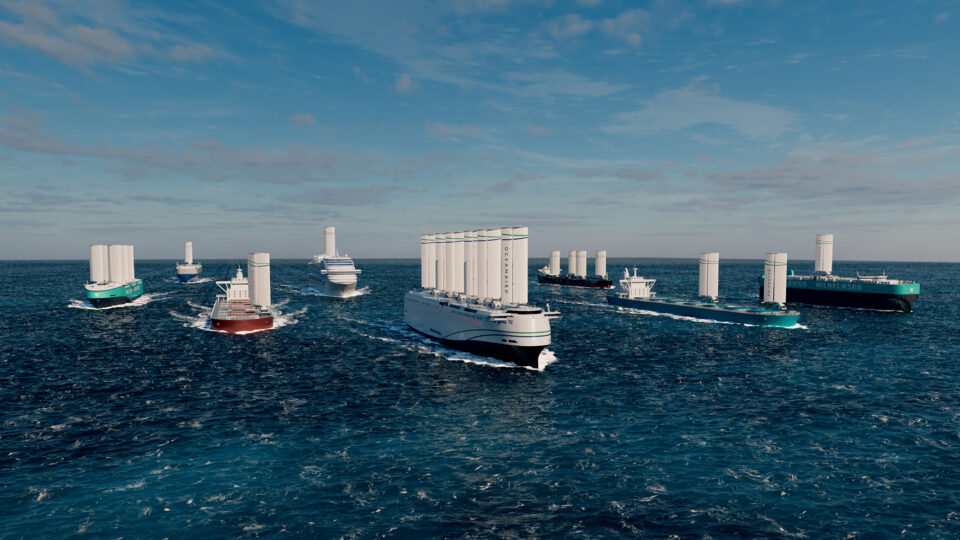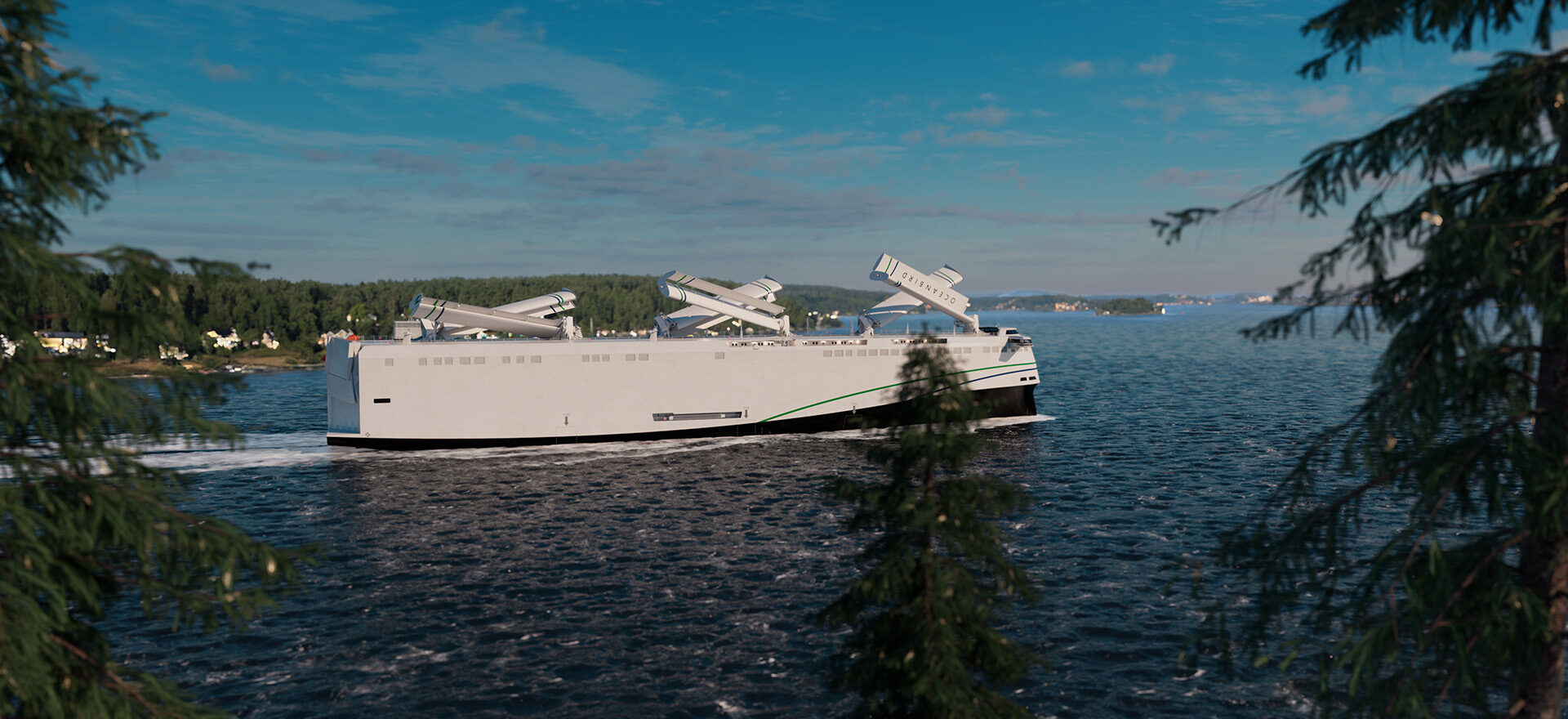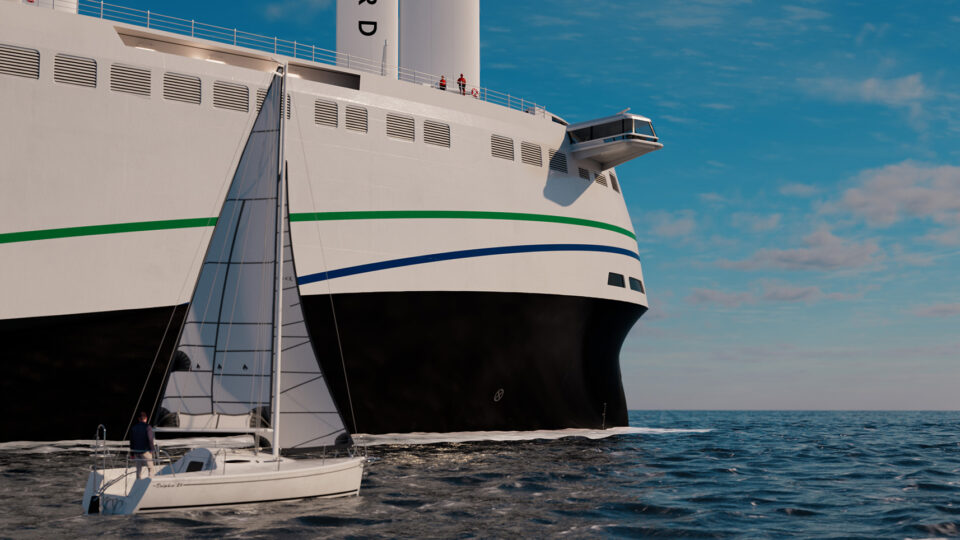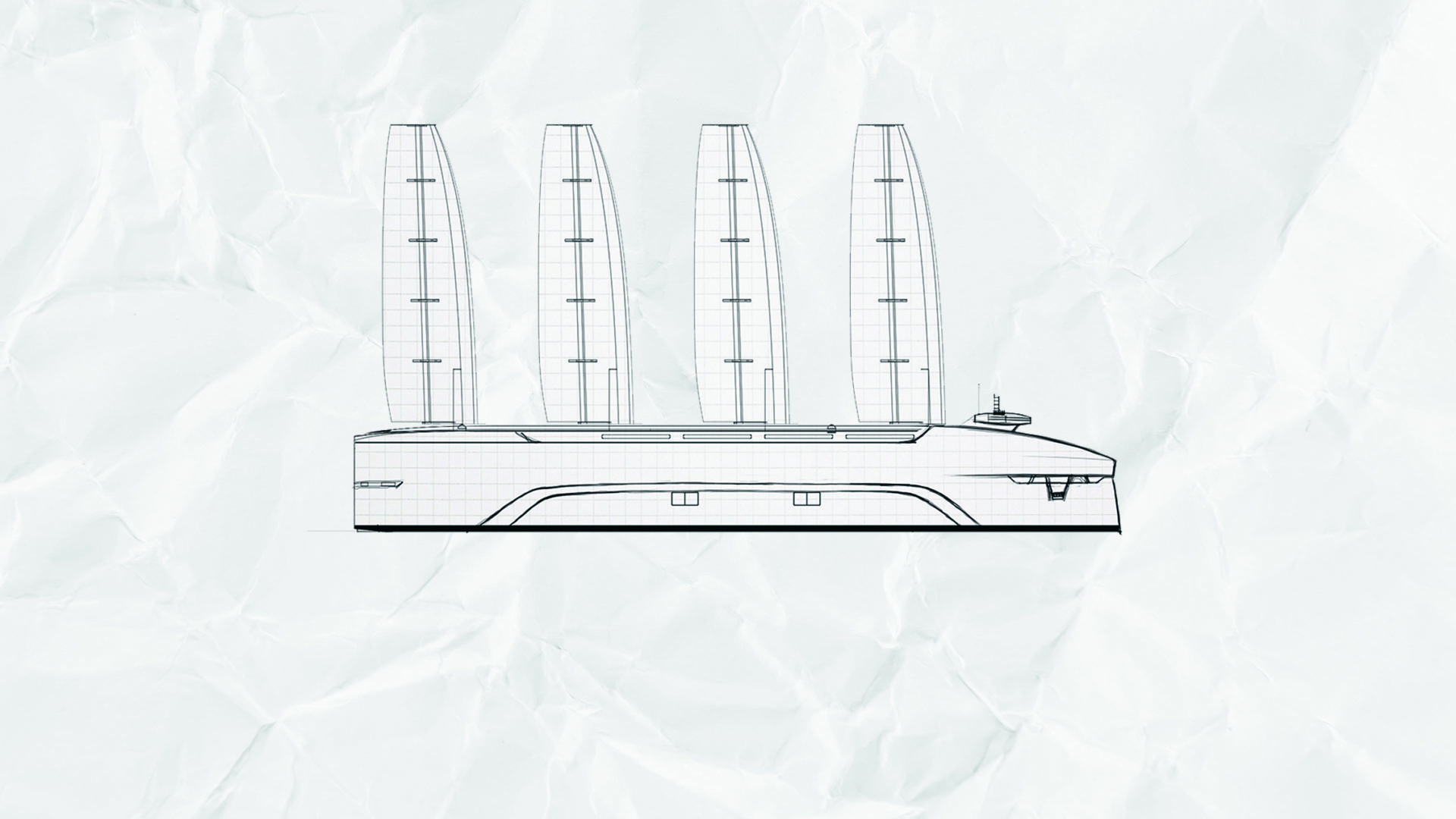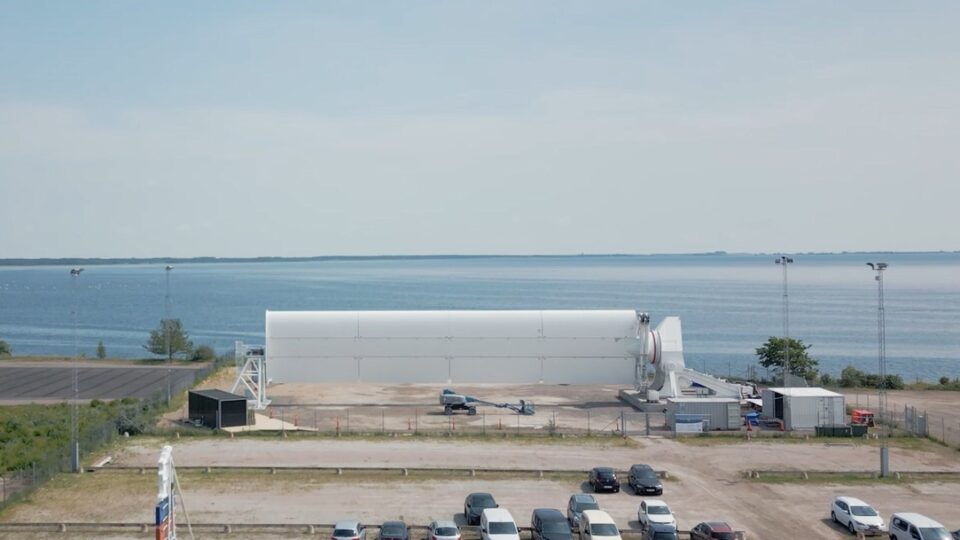What is
The Oceanbird concept?
The Oceanbird concept shows that it is possible to reduce emissions from vessels by up to 90% if all emissions-influencing factors are aligned. These conclusions are based on data simulations as well as physical tests, for example wind tunnel test, model testing in open water and water tanks and Lidar measurements. The Oceanbird concept was developed in a three-year Swedish R&D project team consisting of Wallenius Marine, KTH Royal Institute of Technology and SSPA/RISE and supported by Swedish Transport Administration.
When the Oceanbird concept is brought into the reality of commercial logistics systems, there are several challenges to consider, such as inflexible arrival time at ports and the environmental impact of longer crossings in a slower speed would have on the size of the world fleet. Still, with these factors taking into consideration, we see a significant emission reduction on the first vessels from the Oceanbird concept.
With the concept as a solid foundation – Oceanbird is taking two tracks to achieve a shipping revolution: Reducing a lot on a few and even more from a lot.
